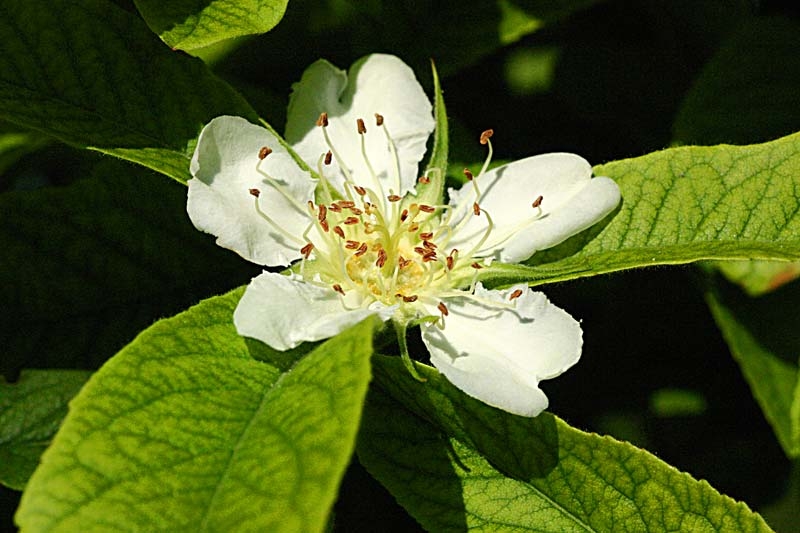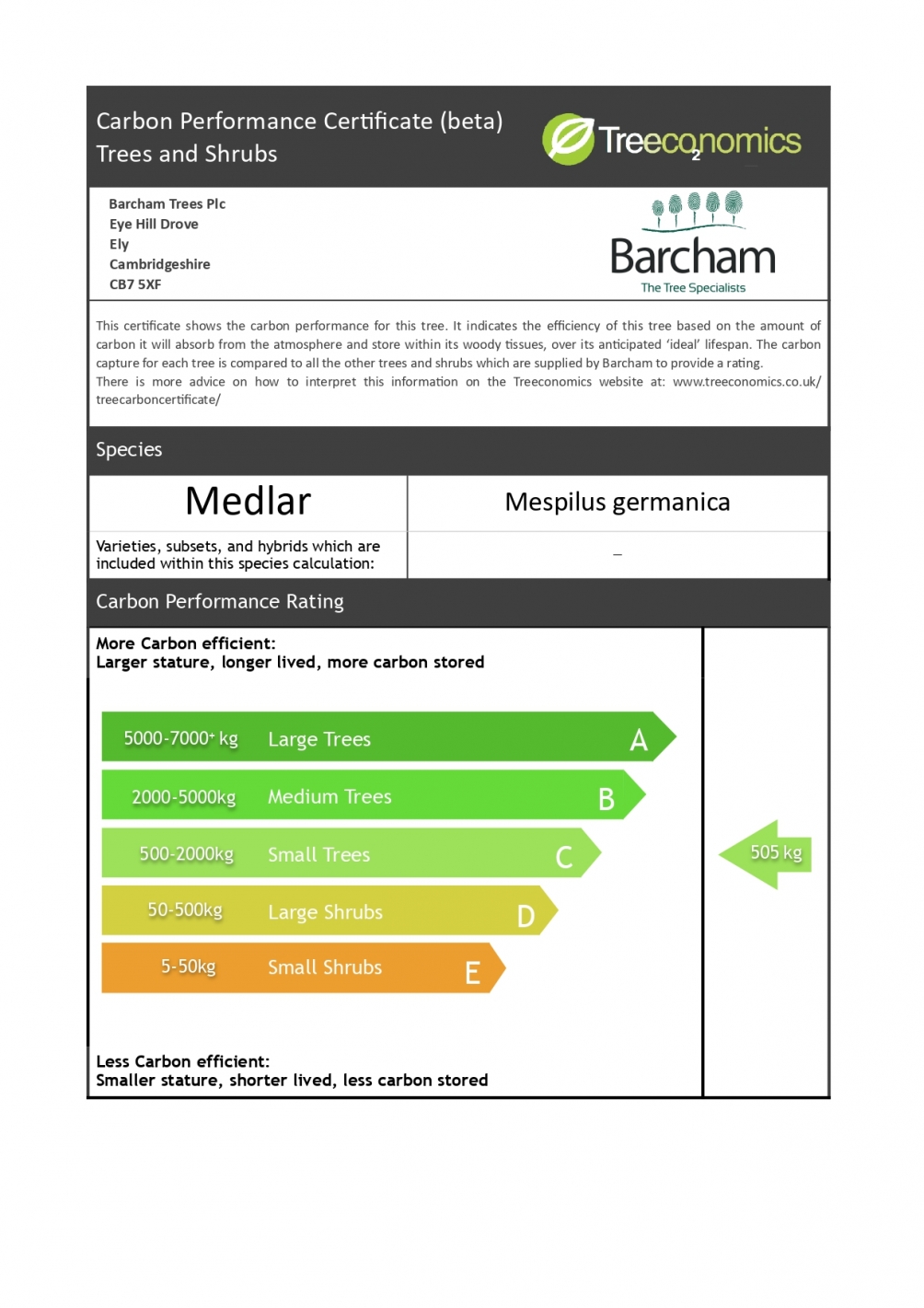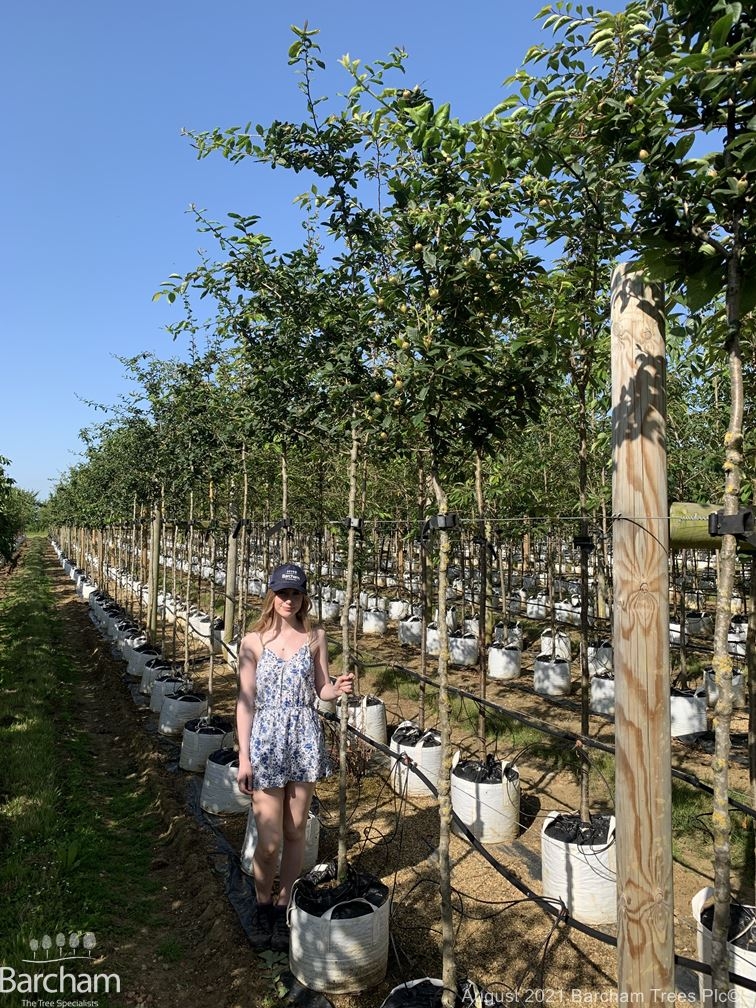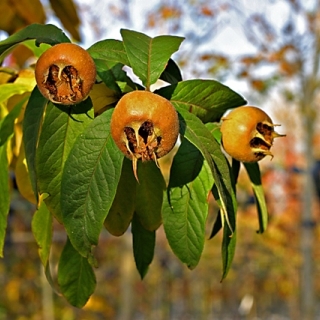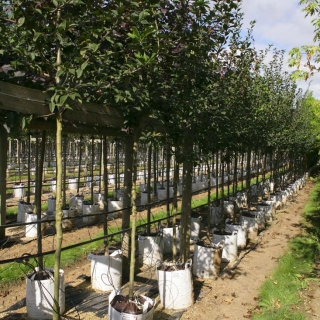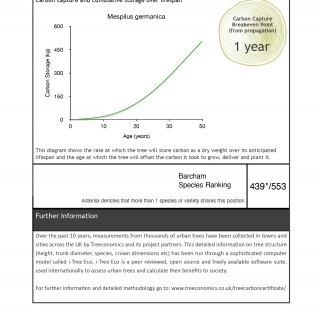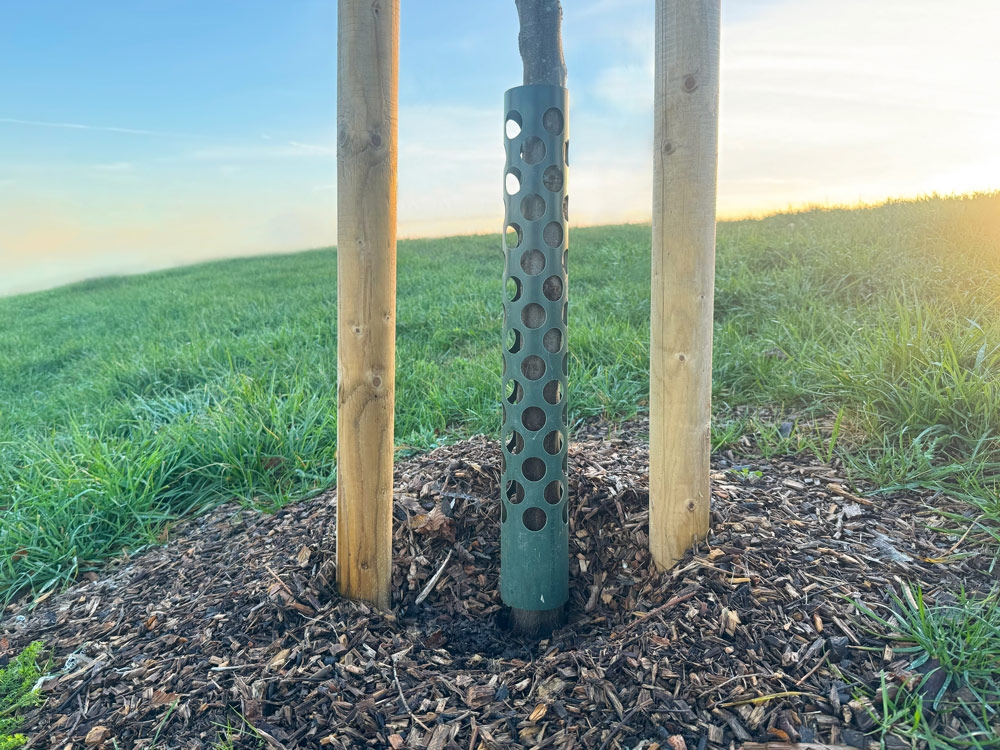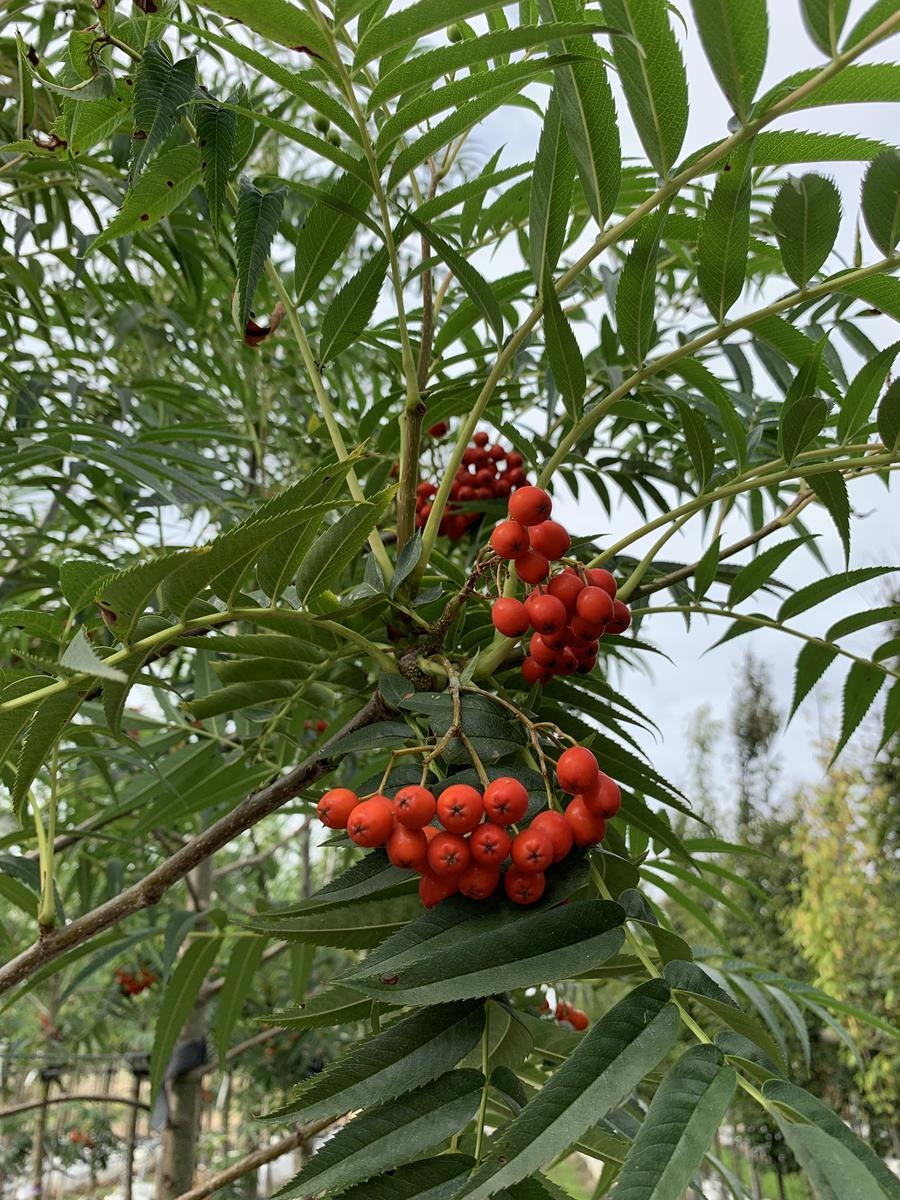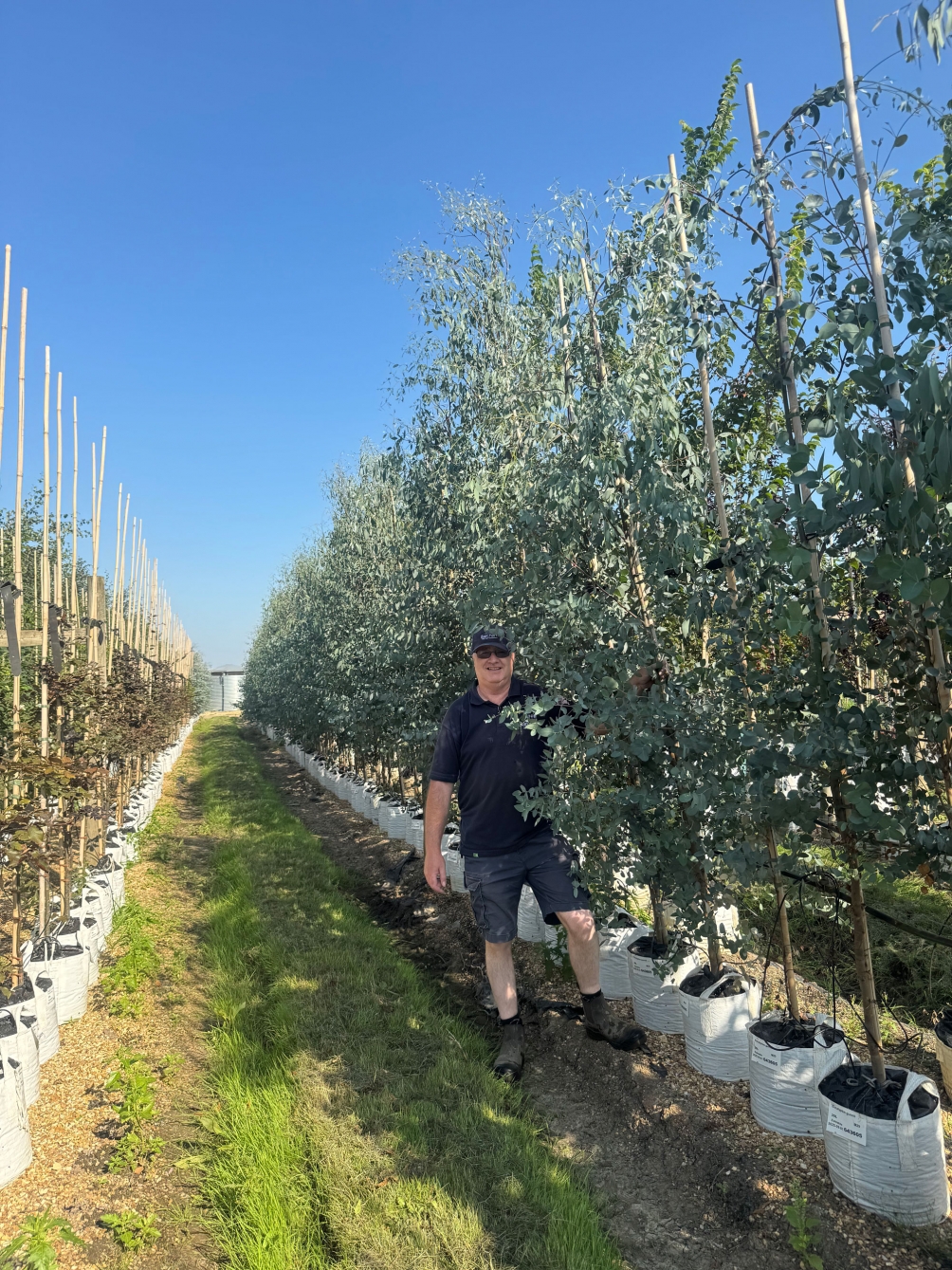Mespilus germanica
Medlar
The small brown fruits it produces are only edible when “bletted” or left to turn half-rotten.
Read more about this productProduct details
The Medlar has been in cultivation since early times, having been grown in the Emperor Charlemagne’s garden.
The small brown fruits it produces are only edible when “bletted” or left to turn half-rotten.
A small, gnarled, wide spreading tree which is at home in the garden, where it produces a rounded form. It has large, hairy leaves, which turn a russet brown in autumn, and large, white flowers borne in May and June.
There are some particularly interesting specimens in the Kitchen Garden at Grimsthorpe Castle in Lincolnshire that are mushroom shaped and well worth a visit in the summer.
Mature height: 3-5m
Mature spread: 3-5m
The small brown fruits it produces are only edible when “bletted” or left to turn half-rotten.
A small, gnarled, wide spreading tree which is at home in the garden, where it produces a rounded form. It has large, hairy leaves, which turn a russet brown in autumn, and large, white flowers borne in May and June.
There are some particularly interesting specimens in the Kitchen Garden at Grimsthorpe Castle in Lincolnshire that are mushroom shaped and well worth a visit in the summer.
Mature height: 3-5m
Mature spread: 3-5m
Tree Specifications
Common names
Medlar
Mature size
Tree type
Soil type
Shape
Tree features
Growth rate
Seasons of interest
Tree uses


